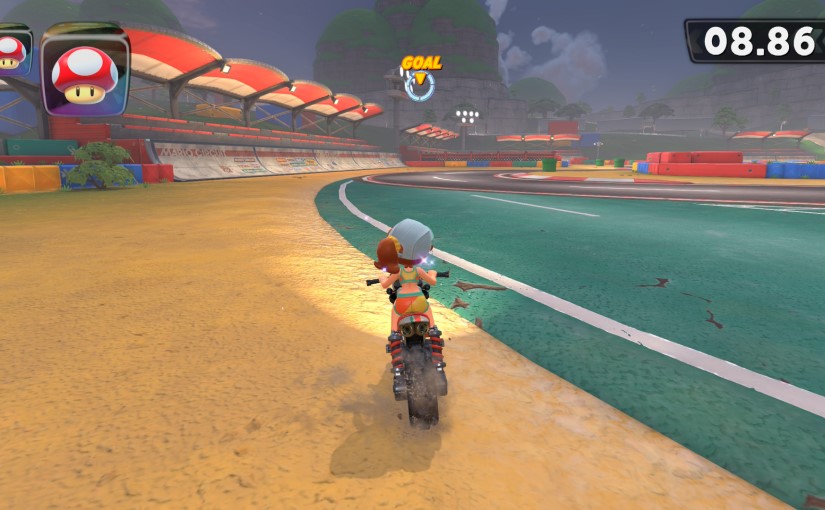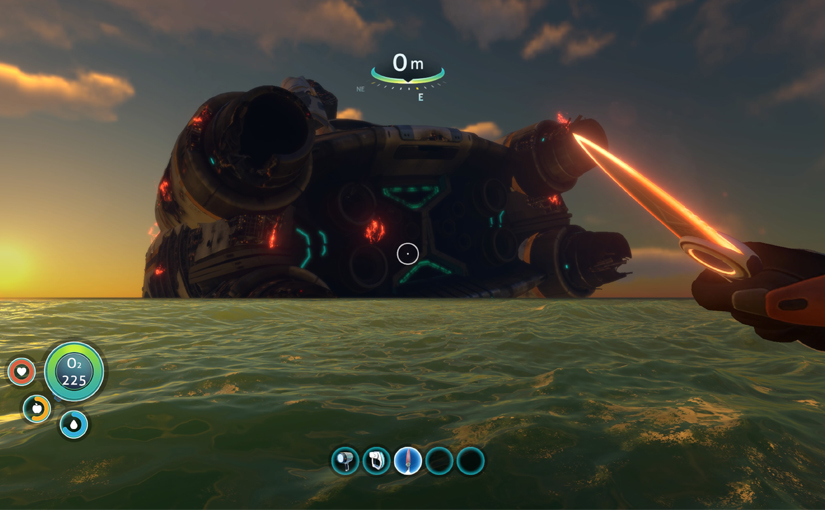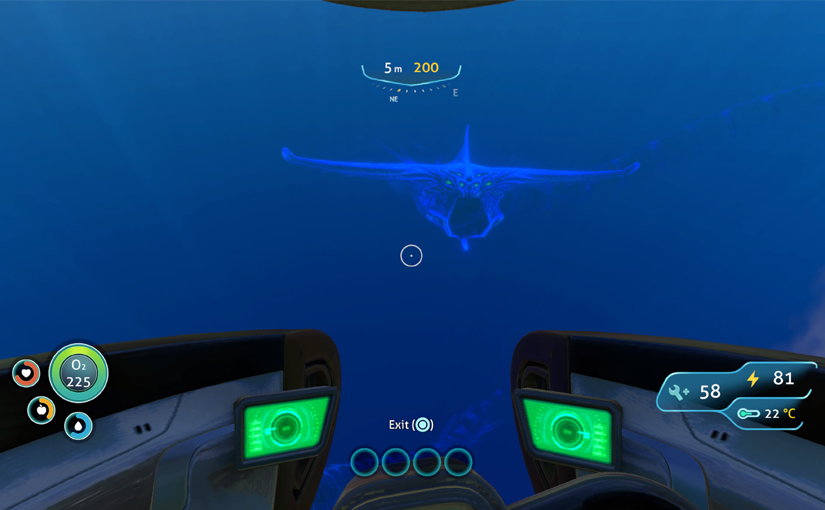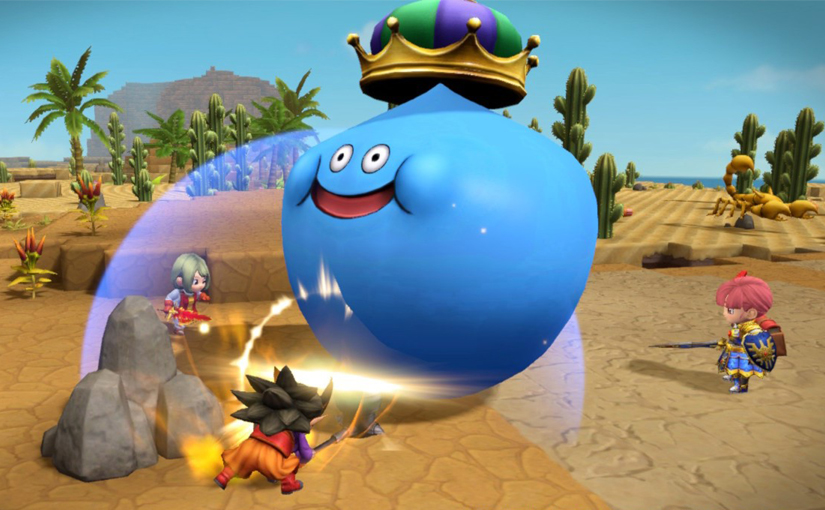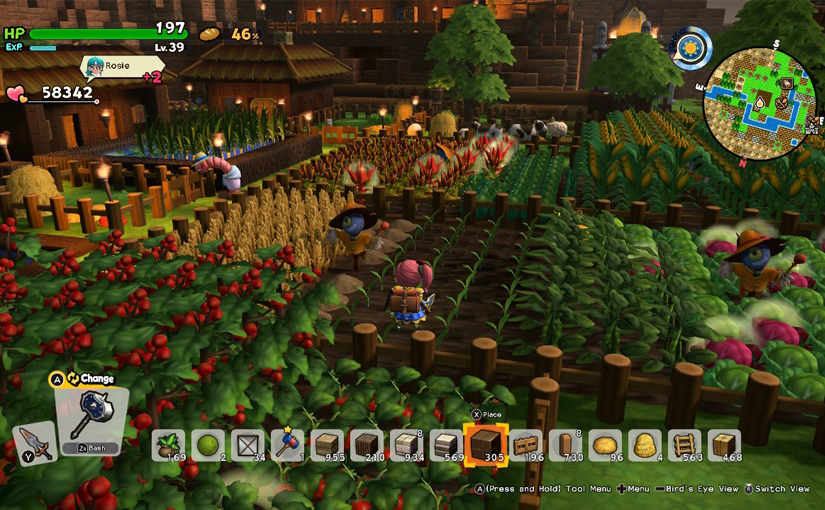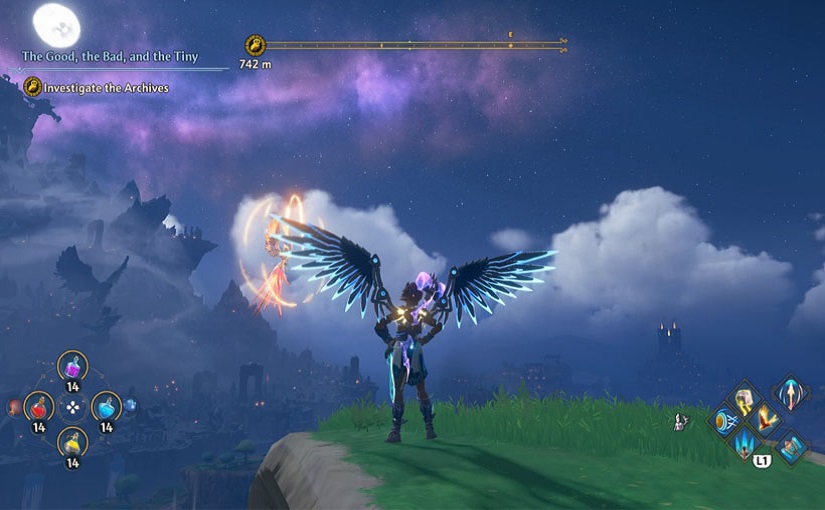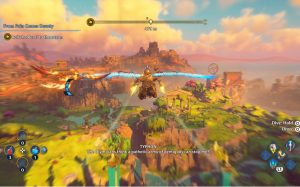Keep on Karting
If you read my previous article about Mario Kart World (written on the day of release, I believe), you might remember that I said my favourite thing to do was drive across water. I’ve since changed this opinion. Don’t get me wrong, tricking off the crest of dynamic waves caused by exploding blue shells and bob-ombs is good, chaotic fun, but the long stretches of calm water actually tend to be the low-points of your average intermission.
Right, now that I’ve retconned that outrageous take, let’s talk about how Mario Kart World is holding up four months after release to a casual player like me. I’ve seen loads of analysis online, but YouTube suggests the popular analysis and the popular analysis is made by competitive, online players. I play Mario Kart World with my daughter, I can barely remember where all the whacky rail shortcuts are supposed to be let alone hit them with anything remotely resembling consistency, and I don’t need to be constantly challenged and faced with split second decisions at all times to stay entertained. Sometimes I just want to look at a nice sunset and listen to some cool music while I strategically place banana peels on the tarmac.
Well, Mario Kart World has plenty of dazzling vistas and an awesome soundtrack to go along with them. Many of the tunes have made it onto my list of regularly played video game music pieces on YouTube, and I often find myself whistling the themes to Faraway Oasis or Cheep Cheep Falls while at work, much to the chagrin of my new manager who apparently doesn’t like whistling. Maybe she just doesn’t like my whistling. Sucks to be her, I guess.
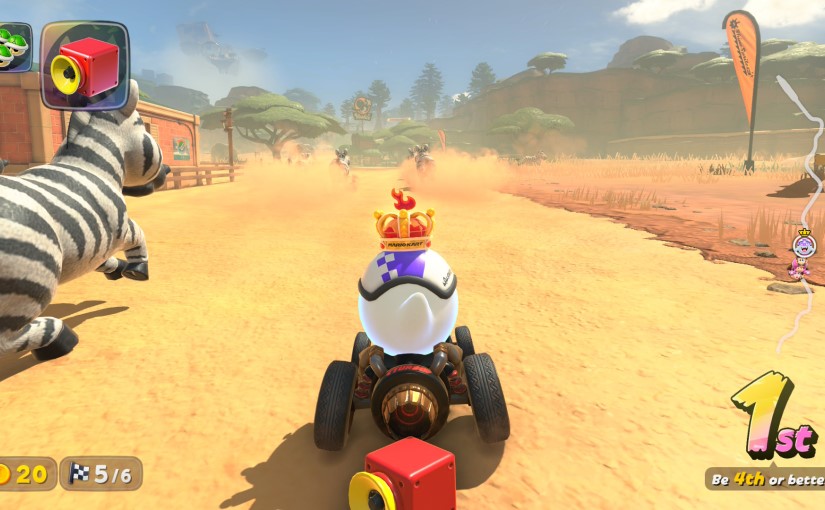
The actual racing gameplay of Mario Kart World is best in class, too. All of the courses are awesome, with very few tracks that come across as weak or forgettable, and this latest iteration of Rainbow Road is absolutely stunning. I was quite moved on my first play-through, dazzled by the gorgeous visuals, glorious music, and beautiful set-pieces. What an experience.
I also don’t mind the intermissions, and I guess this is where my casual nature – and my lack of interest in playing online – comes in. It’s nice to just blast through some open lanes, chucking shells at my fellow road-users and taking in the sights. Sure, I don’t always want to play them, but it’s easy enough to do a series of full courses while offline, so I really don’t see them as an issue. So far, so good, right? Right. Well, I do have some concerns, and they’re mostly to do with the open world.
I’ve always had a thing with driving games where I imagine longingly what it would be like to break free from the track and drive wherever I wish. I’m sure I’m not alone in that feeling. Whether its being fascinated by those pixelated mountains on unattainable horizons in Lotus Turbo Challenge, being compelled to veer off the track and direct my Lancia Delta into the Finnish forests in Colin McRae Rally ’04, or indeed wondering what’s beyond those colourful, ocularly endowed hills in earlier Mario Kart games. However, when I do play games that actually allow you to do this, I tend to fall off of them pretty quickly, the Forza Horizon series being an appropriate example. I guess the realised worlds, no matter how gorgeous and expansive, can never live up to our imaginations.
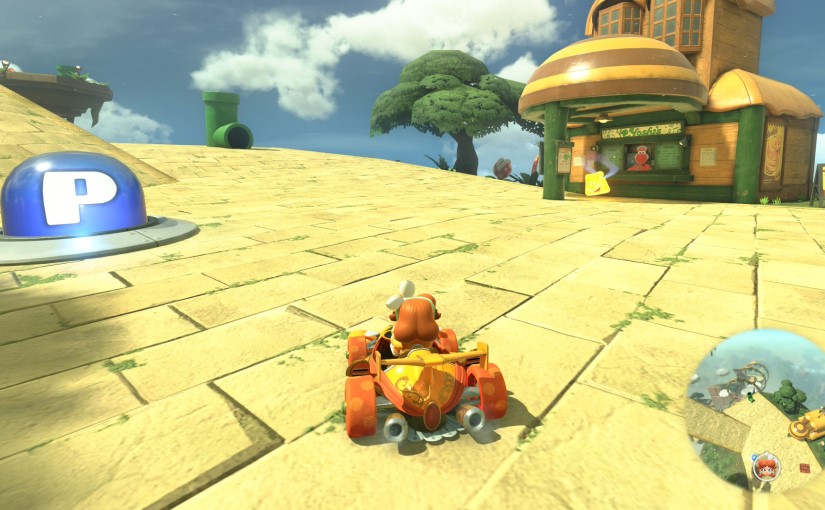
I thought that Mario Kart World might be the exception – this is a big budget game made by one of Nintendo’s top level teams, after all – but it’s actually kind of empty. There’s stuff to do, like the missions and the blocks and the Peach coins, but there’s also a heck of a lot of nothing, and the missions, blocks, and coins only unlock stickers anyway. The stickers are wonderfully designed, but all you can do is look at them (and choose one for your little emblem, I think?). It’s been said many times, but it would have made way more sense if the outfits and characters were locked behind these open world aspects. The way you unlock both seems crazy to me. Why are outfits locked behind food? Why are characters locked behind the barely-seen Kamek item? Both mechanics just feel esoteric and unfinished.
Mario Kart World’s open world is beautiful, and I do enjoy driving around, finding missions, listening to the music and taking in the scenery with Daisy, the best princess of all, but it’s also a facade. There’s not really anything going on, the toads, yoshis, and shyguys wave and get in and out of their cars, but they’re not really doing anything, there are no real secrets to find, very little in the way of Easter eggs or cool hard-to-reach areas (I don’t count Daisy’s palace because it’s, well, right there), and no one to interact with outside of the occasional Chargin’ Chuck who you’ve got to hit with a green shell. No secret Blooper cave, no mysterious, caged Thwomp that the internet can theorize over, no out-of-the-way corner where a strange, creepy sound plays for no apparent reason. It’s just a bit bland, and I wanted more.
It helps if you think of it as more of a theme park than an actual functioning, populated landmass, but that still doesn’t make up for the general emptiness. Still, they’ve just added an update with a few more UFOs around the place, and they’ve apparently addressed that thing that people are upset about online with the intermissions. There’s no telling what future DLC might bring, so I’ll definitely be keeping an eye out as the game inevitably grows, and in the meantime, playing the cups and the knockout tours with my daughter is always going to be great for an hour of fun. Still, my dreams of exploring a vast, beautiful and interesting Nintendo-fied world and immersing myself in the bright colours as a form of beautiful escapism during these trying times have not come to pass.
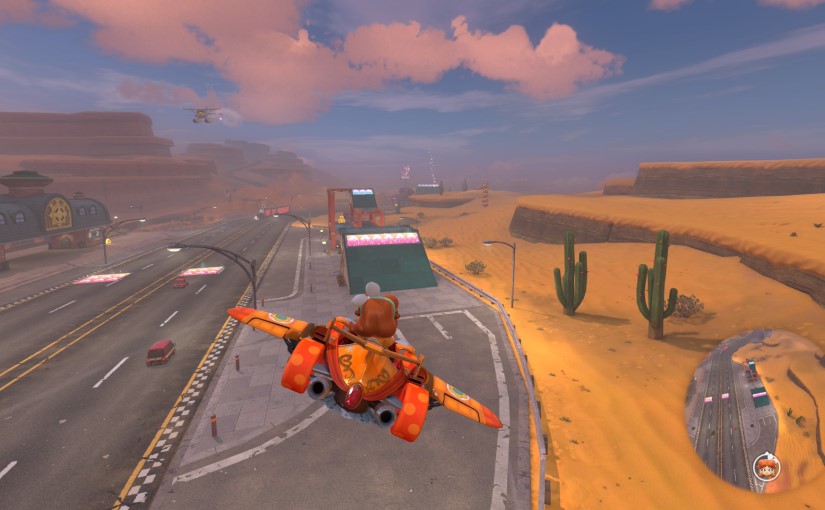
It’s still the only proper Switch 2 game I own. I’ve got Metroid Prime 4: Beyond preordered, and will hopefully be getting Yooka-Re-Playee because it looks great and is getting a proper physical release, but I’d like to have a few more excuses to turn my new Nintendo on other than using it to play Switch games. I’m a little worried that my Switch 2 collection won’t grow to epic proportions, as I refuse to buy key cards and the grand majority of third parties seem to be going with them even when they’re releasing their games physically on other consoles. That’s another rant, though, that I don’t want to get into right now. Let’s try to stay focused on the matter at hand. Mario Kart World; it’s bloody great in some ways and somewhat disappointing in others. I should’ve just said that at the start and saved everyone some time.

